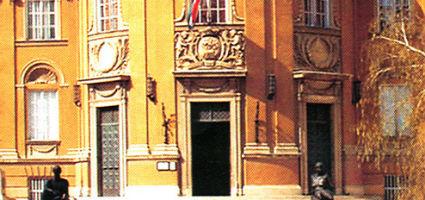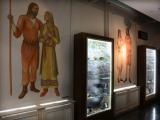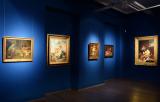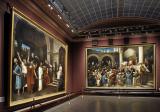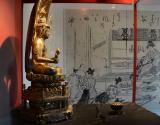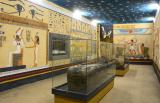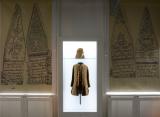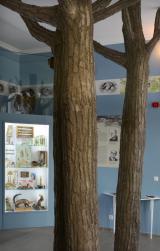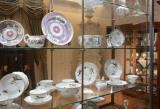
By the end of the 18th century, merchant families that controlled the economy also took roles in the leadership in the city. The new social elite was about to shape that regarded metropolitan bourgeoisie as their inspiration. In shaping the new cityscape builders who came from abroad played decisive roles.

|
|
|

The Debrecen Casino first opened in 1833. Its objectives were pointed out in the first point of the Articles of Association: 'The aims of this Casino Association is dissemination of useful reading tastes and through better socialisation and the promotion of national diligence'.

|
|
|

The Mayor Dr. Emil Rotschnek, a pharmacist donated to the Free Royal City of Debrecen Museum the equipment and installations of the former Golden Unicorn Pharmacy.

|
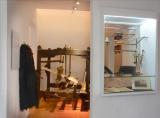
Guba (wool coat) making masters of Debrecen were known nationwide for their quality coats made of long black wool. The cloth dumps were made of long fur sheep held in the plains of the Hortobágy. Clusters were woven into the wool fabric during, making the coat look like as if it was fur.

|
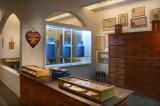
The above quote reads on one of the richly decorated red honey hearts displayed in the gingerbread workshop. Such gifts were to girls by boys in love they bought at fairs.

|
|
|
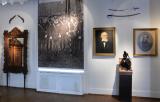
The visitors get to know more thoroughly the exhibition with items from the revolution related to DebrecenOn March 17, 1848, the city of Debrecen received reports by two emissaries which also included report about the Vienna revolution.

|
|
|
|
|
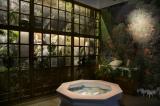
The literary hall deals with changes in the cityscape by parallel presenting the life and cult of Mihály Csokonai Vitéz. The exhibition space consists of three interconnected locations related to Csokonai - the Botanical Garden, the Memorial Garden and the Graveyard - these are displayed as an imaginary garden, which serves as a places for sitting and contemplation.

|
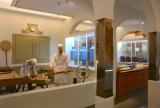
In the 14th century, the ever growing number of handicraft artisans provided goods not only for their direct neighbourhood but also the region they lived in. To defend their valuables, they formed corporate bodies or guilds. Debrecen based goldsmiths and bookbinders were nationally famous.

|
|
|
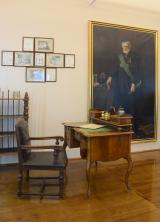
Kálmán Thaly was one of the most influential figures of late 19th century. He spent most of his life in Bratislava and Budapest. He was among the founders of The Hungarian Historical Society, and also the periodical Centuries.

|
|
|
|
|
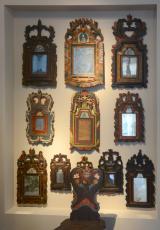
In Debrecen the first museal collection, the Municipal Museum was opened quite late. It was founded in October 1902 when Arthur Löfkovits, at the meeting of the Debrecen Art Supporters Association offered the town his own collection of 2500 items.

|
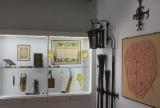
In Debrecen the law of jurisdiction was held by the head judge and a twelve-member body, called the Senate. Civilians of Debrecen could only be judged by a Debrecen jury. The inhabitants of the city were demanded to live a sober and pious life.

|

The wunderkammer (miracle chamber) evolved during the Renaissance from a collections consisting of former rarities and exotic objects. In addition, in a miracle chamber you could found minerals, unique plants, animals and valuable works of applied art, technological wonders, works of art, ethnic, religious and historical monuments, as well.

|
